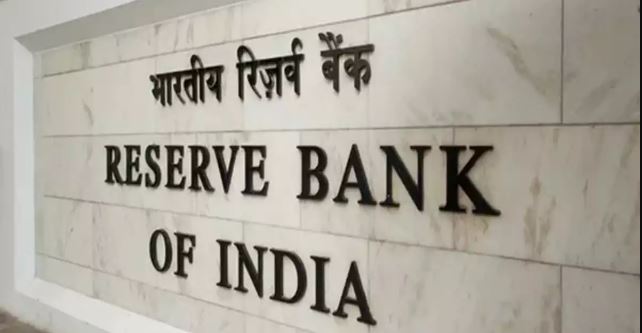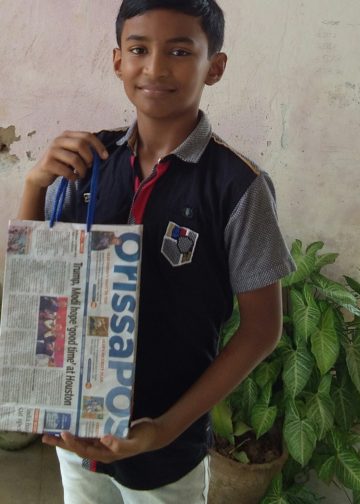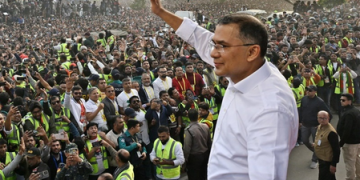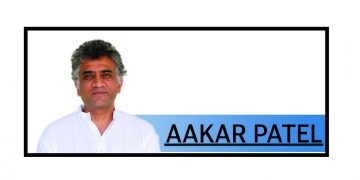Mumbai: The Reserve Bank of India (RBI) kept its policy interest rate unchanged Wednesday as it appeared to have taken a wait-and-watch approach to assess the full unveiling of US President Donald Trump’s trade policies as well as transmission of past rate cuts.
The six-member rate-setting panel, headed by RBI Governor Sanjay Malhotra, held the repurchase rate at 5.5 per cent in a unanimous vote and decided to continue with a ‘neutral’ stance.
While on-track monsoon rains and the approaching festival season are expected to provide buoyancy to the economy, global trade challenges continue to linger, Malhotra said, announcing the decision of the Monetary Policy Committee (MPC).
Trump last month slapped a 25 per cent duty on all Indian goods entering the US from August 7, and Tuesday threatened to substantially hike the tariff for New Delhi’s continued purchase of Russian oil.
“Over the medium-term also, the Indian economy holds bright prospects in the changing world order, drawing on its inherent strength, robust fundamentals, and comfortable buffers,” he said. “Opportunities are there for the taking, and we are making all efforts to create enabling conditions through a multi-pronged yet cohesive approach to policy making.”
The pause follows a 100 basis point (bps) cut in interest rate over three bi-monthly MPC meetings in 2025. The full transmission of the front-loaded 50 bps rate cut effected in June is still awaited.
While keeping the repo rate unchanged, RBI revised its inflation forecast lower by 60 bps to 3.1 per cent. Malhotra flagged a rise in headline inflation towards the end of the year.
“CPI inflation is likely to edge up above 4 per cent in Q4:2025-26 and beyond, as unfavourable base effects, and demand side factors from policy actions come into play,” he said.
With the target for inflation being kept above 4 per cent for the fourth quarter of the current fiscal year ending March 31, 2026 and the first quarter of next year, the forecast for GDP growth at 6.6 per cent for Q1 FY27, raises the bar for a further rate cut in the coming quarters, economists said.
The central bank kept the GDP growth forecast unchanged at 6.5 per cent for 2025-26 (FY26).
“Despite a challenging external environment, the Indian economy is navigating a steady growth path with price stability. Monetary policy has appropriately used the policy space created by the benign inflation outlook to support growth without compromising on the primary objective of price stability,” he said.
Malhotra said transmission of recent interest rate cuts to the broader economy is underway.
“As the Indian economy strives to attain its rightful place in the global economy, stronger policy frameworks across domains, and not just limited to monetary policy, will be pivotal in its journey,” he said. “We, on our part, will continue to be agile and proactive in providing a facilitative monetary policy based on incoming data and the evolution of the growth-inflation dynamics.”
State Bank of India’s Economic Research Department said the bar for a further rate cut in 2025 is now even higher.
“We may dub today’s pause as the ‘technical pause’ as the inflation projections are hovering in the band of uncertainty (while below 3 per cent FY26 Q3, it may sharply increase to 4.9 per cent in Q1 FY27). Under such a scenario (along with expectations of robust GDP growth), we believe that if RBI inflation projections for FY26 may remain correct, then 5.5 per cent repo rate may be the terminal rate.
“However, if the inflation numbers undershot, a window will open up, but at most it will be at most a 25 bps,” it said.
Tanvee Gupta Jain, Chief India Economist at UBS Securities, said, “For now, we add one 25 bps rate cut in the October meeting to our baseline, with risk of another if growth surprises lower, driven by US trade tariffs, or/a step shift lower in global growth.
Dipti Deshpande, Principal Economist, Crisil Ltd, observed that the transmission of the already announced repo rate cuts to the credit markets (or to lending rates) remains a work in progress. Bank lending rates and deposit rates have not eased as much as the repo rate.
Also, while the Consumer Price Index (CPI)-based inflation has eased more than expected, an upturn looms in the second half of this fiscal for three reasons: the upcoming festive season, easier monetary policy propping up demand, and an expected statistical uptick from the low base of last fiscal.
Upasna Bhardwaj, Chief Economist, Kotak Mahindra Bank, said, “With inflation likely to trend higher post the near-term favourable trends, the bar for rate cuts ahead is set very high. We can see some room for the last leg of easing only if growth momentum slows significantly.”






































